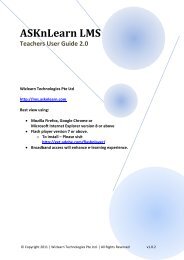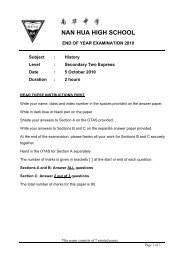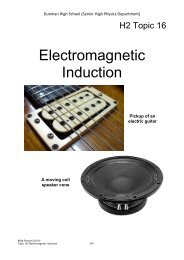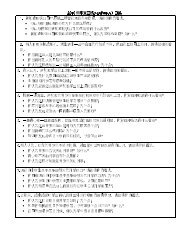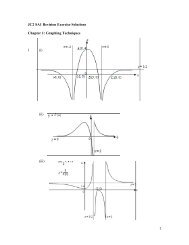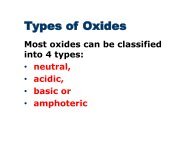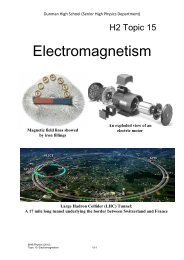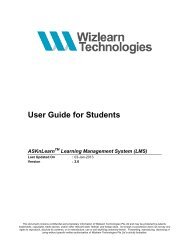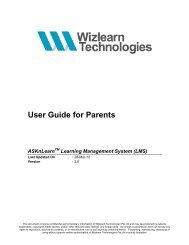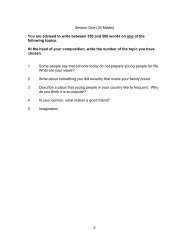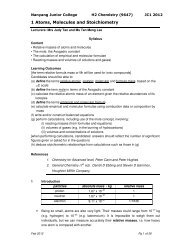Suggested Answers of BT2 Revision Package - ASKnLearn
Suggested Answers of BT2 Revision Package - ASKnLearn
Suggested Answers of BT2 Revision Package - ASKnLearn
- No tags were found...
You also want an ePaper? Increase the reach of your titles
YUMPU automatically turns print PDFs into web optimized ePapers that Google loves.
Anti-thesis3. Singapore’s patterns <strong>of</strong> trade do not agree with the predictions <strong>of</strong> economic theory because the assumptions <strong>of</strong> CA do not hold: a. Theory <strong>of</strong> CA assumes no transport costs. i. In reality, there are transport costs and they are significant especially if they have to be air-‐flown, have special transportation requirements or are bulky to transport. Hence, Singapore may import goods and services from neighbouring countries, despite them not having comparative advantage in producing certain goods and services. ii. China for example produces vegetables at a lower opportunity costs, given by lower prices, than Malaysia. However, most <strong>of</strong> Singapore’s vegetable imports are from Malaysia. b. Theory <strong>of</strong> CA assumes no trade barriers. In reality, many countries impose trade barriers on Singapore made goods and services. Hence, despite Singapore having CA in producing certain goods and services, the after tariff price may be relatively higher and hence Singapore goods and services become less price competitive in the global market. i. Singapore’s pattern <strong>of</strong> trade is also determined by the FTAs that ithas signed with its partners, such as ASEAN, China and US. SuchFTAs, which reduce protectionist measures such as tariffs andquotas, decreases prices <strong>of</strong> imports in and increases exports inforeign currency terms between FTA member states, hence allowingtrade creation and divergence.ii. Hence, Singapore trades more actively (in larger volumes) with countries that it has signed FTAs with, such as the US, ASEAN, China and Japan. This is because Singapore obtains preferential tariff rates when exporting to these countries. Hence, despite Singapore having less comparative advantage in producing a certain good, such as textiles, its relatively lower tariff rate when exporting to an FTA partner country means that its textiles will have CA relative to to a country who may produce textiles at a lower opportunity cost, but which becomes less price competitive in the US market because higher tariffs are imposed on them by the US viz Singapore. Hence, Singapore may also export goods and services that it does not have CA in. c. Theory <strong>of</strong> CA assumes perfect mobility <strong>of</strong> resources within the country; immobility between different countries: i. Without mobility <strong>of</strong> resources between countries, Singapore would not be able to produce labour intensive G&S with CA. However, mobility <strong>of</strong> labour between countries means that Singapore can actually allow foreign labour onto its shores and change its factor endowments such that it can produce certain goods and services, such as oil rigs and ship repairs, with comparative advantage. These, in turn, are presently significant amongst Singapore’s exports. d. Theory <strong>of</strong> CA assumes Constant Unit COP: i. The theory assumes constant returns to scale. In reality, diminishing returns will set in beyond a certain level <strong>of</strong> output, raising the unit costs <strong>of</strong> production. This in turn will lead to the disappearance <strong>of</strong> the Singapore’s comparative advantage in certain goods and services. This explains why



